
You don’t have to adopt a total vegetarian lifestyle to improve your health. You can get some of its advantages simply by replacing some of the animal proteins in your diet with plant-based ones. This can be an especially important switch for people who have even one risk factor for heart disease, like smoking, excessive drinking, being overweight or being inactive. Researchers looked at 30 years of data from 131,000 participants in the landmark Nurses’ Health Study and compared the outcomes of eating different types of protein for a study published in JAMA Internal Medicine. The investigators found that swapping just a small amount of animal-based protein — processed red meat in particular — with plant-based protein cut the risk of early death from all causes. And the greater the swap, the greater the benefits. On the other hand, the researchers found that eating a diet high in animal protein was associated with a higher risk of death from heart disease. Nuts, legumes including beans and lentils, and even whole grains all contain some protein and can be quite filling. But rather than a radical shift in eating, which could be hard to maintain long-term, make small swaps on a consistent basis so that the changes will stick. Some ideas: Use beans to replace some of the ground beef in recipes. Have oatmeal with chopped… read on >











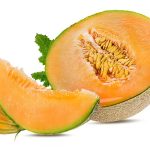
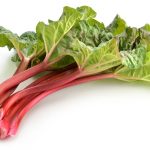
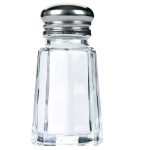
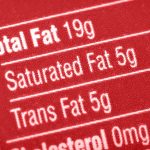
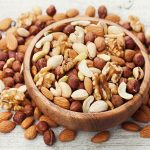












-300x200.jpg)







-300x169.jpg)
